Researchers Solved the 2-Century-Old ‘Dolomite Problem’ That Has Left Scientists Baffled.
A rock that has been relatively plentiful for over 100 million years has been puzzling scientists for nearly two centuries. Scientists worldwide use dolomite as a valuable resource for its magnesium metal and magnesia, essential for creating refractory bricks.
Until recently, scientists struggled to replicate dolomite in a laboratory, leading to what is known as the “Dolomite Problem,” which seemed unsolvable until now.
What Is the ‘Dolomite Problem’?
The “Dolomite Problem” refers to a longstanding geological mystery concerning the formation of dolomite rock. The specific conditions under which dolomite forms have not been fully understood by researchers, leading to questions about how and why it forms in certain geological settings.
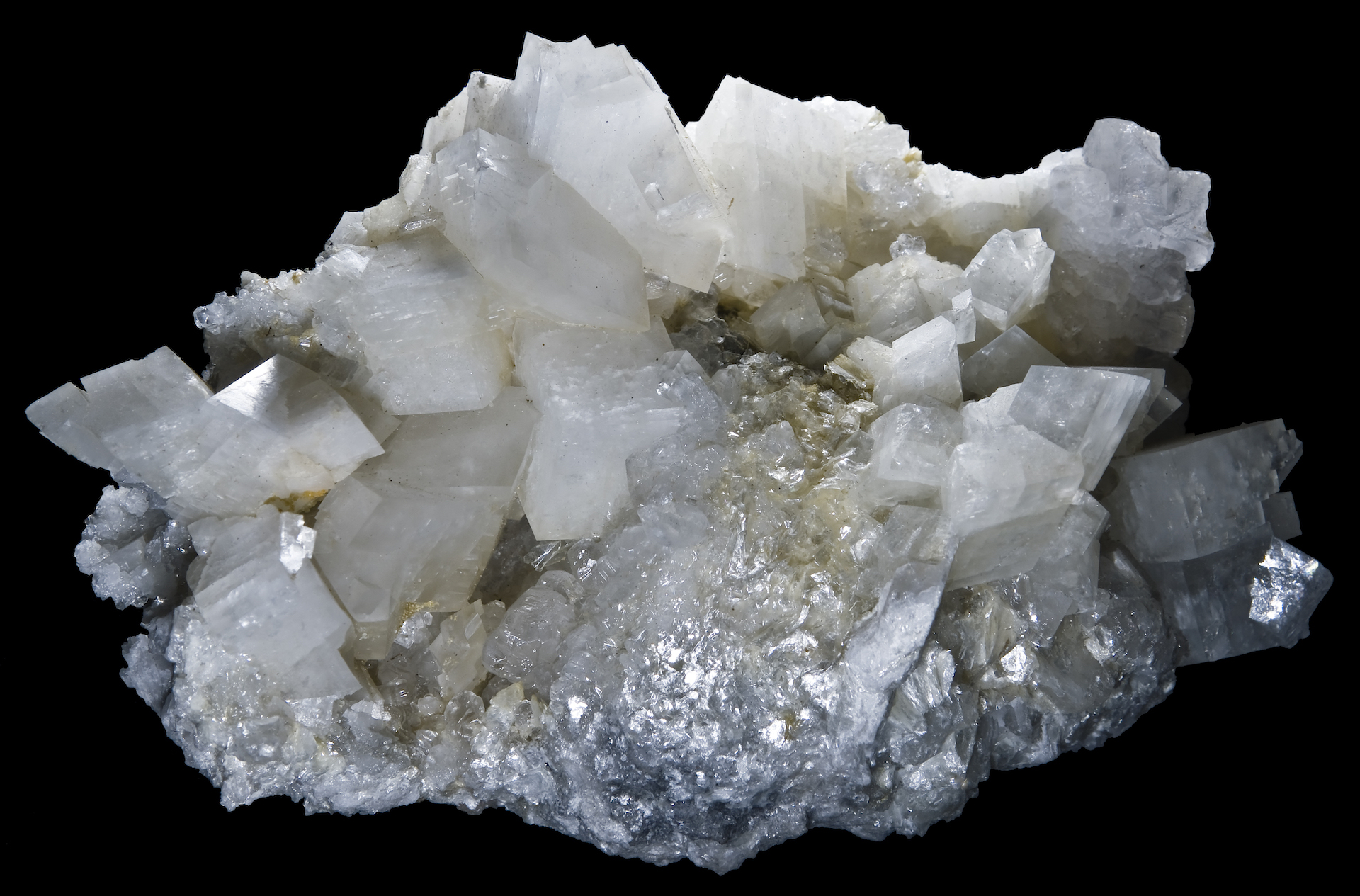
Source: Wikimedia Commons
Currently, dolomite can be found in northern Italy, Niagara Falls in North America, and the White Cliffs of Dover in the U.K.
The Struggle to Create Dolomite
Scientists have been struggling to solve this phenomenon for centuries, hoping to unravel the precise processes and conditions that result in the formation of this useful rock.
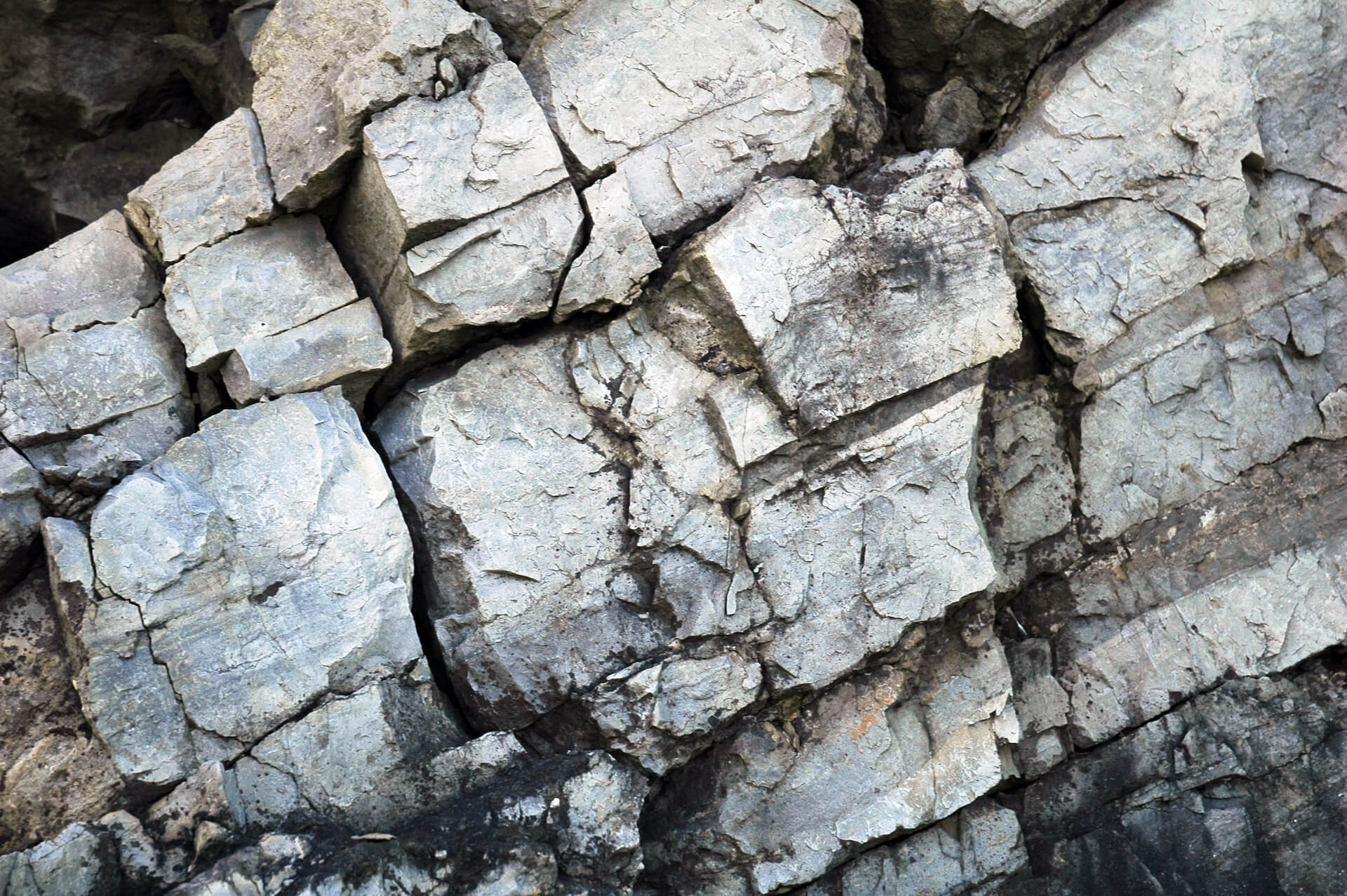
Source: Wikimedia Commons
Despite the natural abundance of the resource, scientists have been attempting to recreate the process of dolomite’s formation to gain further understanding of how the Earth naturally creates this mineral.
The Study to Solve the “Dolomite Problem”
Scientists at the University of Michigan and Hokkaido University in Sapporo, Japan, appear to have solved this geological problem by using proprietary software and dissolving crystalline defects with an electron beam.

Source: Freepik
The results of the study, published in the journal Science this past November, hold the solution to the “Dolomite Problem.”
Understanding the Process
“In the past, crystal growers who wanted to make materials without defects would try to grow them really slowly…our theory shows that you can grow defect-free materials quickly, if you periodically dissolve the defects away during growth,” Wenhao Sun, UM scientist and the corresponding author, said in a press statement.
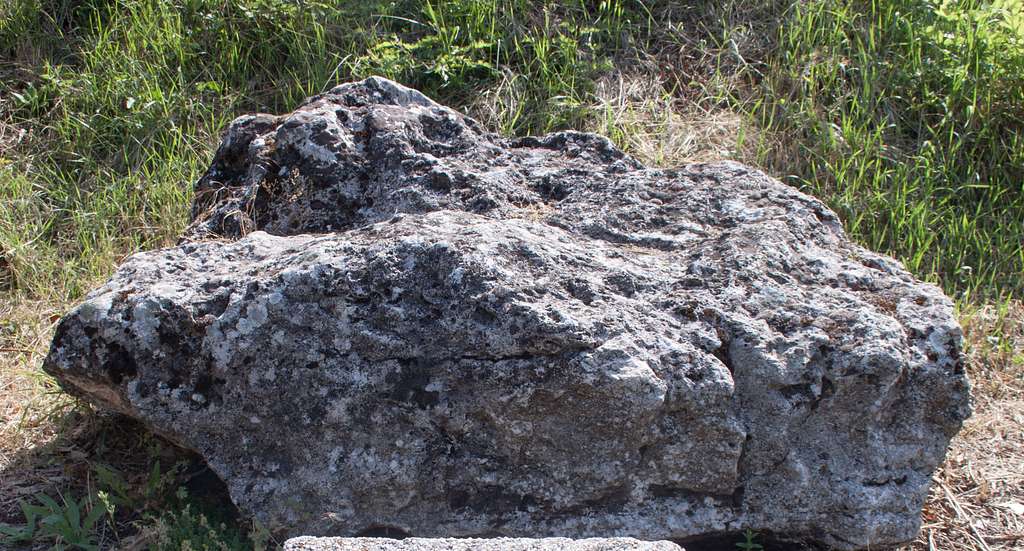
Source: GetArchive
“If we understand how dolomite grows in nature, we might learn new strategies to promote the crystal growth of modern technological materials.”
The Problem With Dolomite
The primary issue with dolomite is its formation time. While the rock is abundant, the mineral takes a very long time to form. One study suggests that a layer of dolomite takes nearly 10 million years to form.
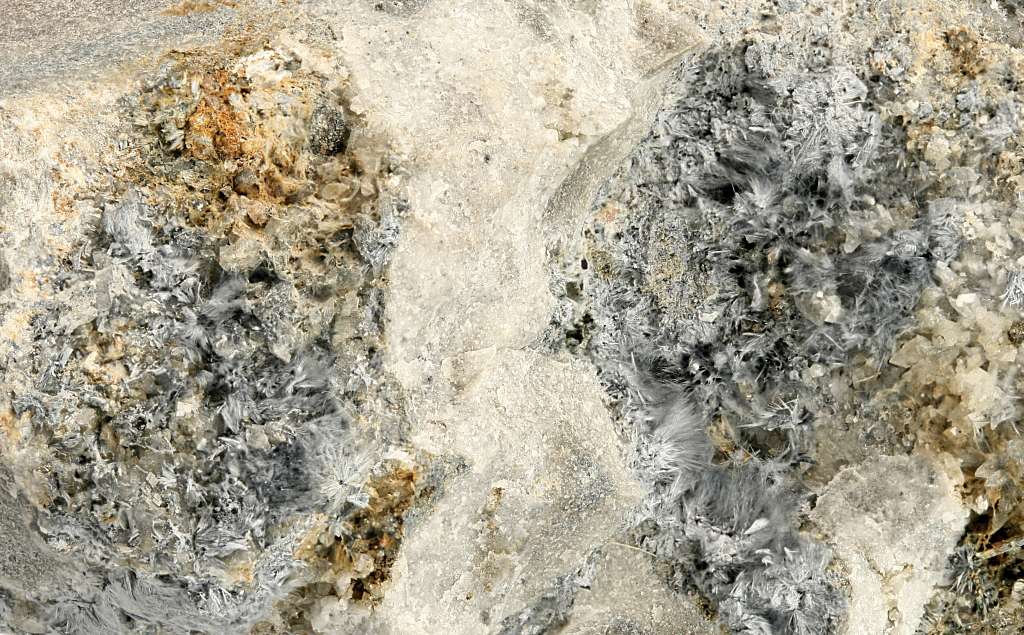
Source: mindat.org/Wikimedia Commons
According to the research, the slow growth rate of dolomite can be attributed to how its crystalline structure forms.
The Mineral’s Growth
The mineral’s growth edge consists of alternating rows of calcium and magnesium. In water, these elements attach randomly to incorrect sites, hindering dolomite formation.
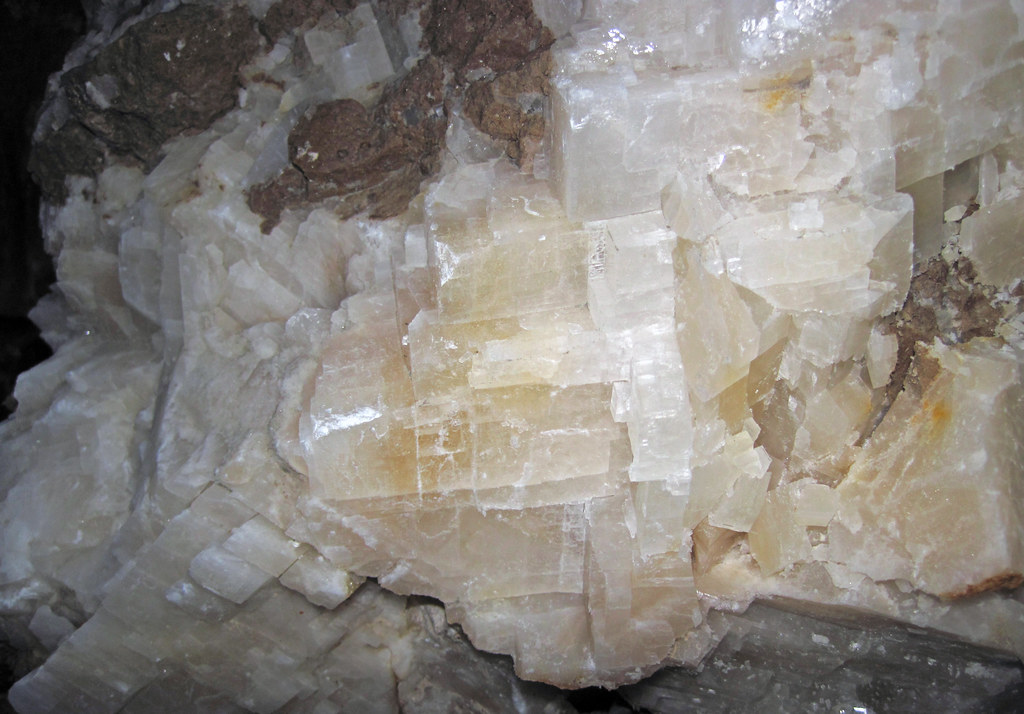
Source: James St. John/Flickr
Humans, constrained by time, must find a way to replicate dolomite in a lab to aid in environmental conservation efforts and reduce the need for mining, while Earth can wait indefinitely for dolomite to form under ideal conditions.
Speeding Up Nature
Figuring out how to speed up this natural process has been one of the biggest challenges scientists have faced. Initially, scientists needed to understand how these defects affect the dolomite surface.

Source: Wikimedia
This process would typically take thousands of hours of supercomputing, but a new software developed at UM helps speed up simulations, completing them “in 2 milliseconds on a desktop,” according to one researcher.
Solving One Problem
“Our software calculates the energy for some atomic arrangements, then extrapolates to predict the energies for other arrangements based on the symmetry of the crystal structure,” UM associate research scientist and co-author Brian Puchala, one of the software’s lead developers, said in a press statement.

Source: Cookie_Studio, Freepik
Now the team could understand how dolomite grows over long geologic timescales, and they tackled the next problem: finding a useful byproduct perfectly suited for the experiment.
Creating the Perfect Dissolution
“Electron microscopes usually use electron beams just to image samples,” Hokkaido University’s Yuki Kimura said in a press release.

Source: Chokniti Khongchum/Pexels
“However, the beam can also split water, which makes acid that can cause crystals to dissolve. Usually, this is bad for imaging, but in this case, dissolution is exactly what we wanted.”
Creating Dolomite in the Lab
The team placed a dolomite sample in a solution made of calcium and magnesium. An electron beam pulsed the sample in the solution nearly 4,000 times in two hours.

Source: Freepik
The acid created from the process dissolved away any defects, allowing the dolomite to grow roughly 100 nanometers (equivalent to approximately 300 layers of dolomite).
A Scientific Breakthrough
This breakthrough in the “Dolomite Problem” has allowed scientists to unlock the secrets behind dolomite’s growth. Producing dolomite in a lab for the first time brings scientists and researchers one step closer to understanding the geological processes of this mineral.

Source: Misha Friedman/Getty Images
Further research will help us understand the processes of other minerals used in semiconductors.
